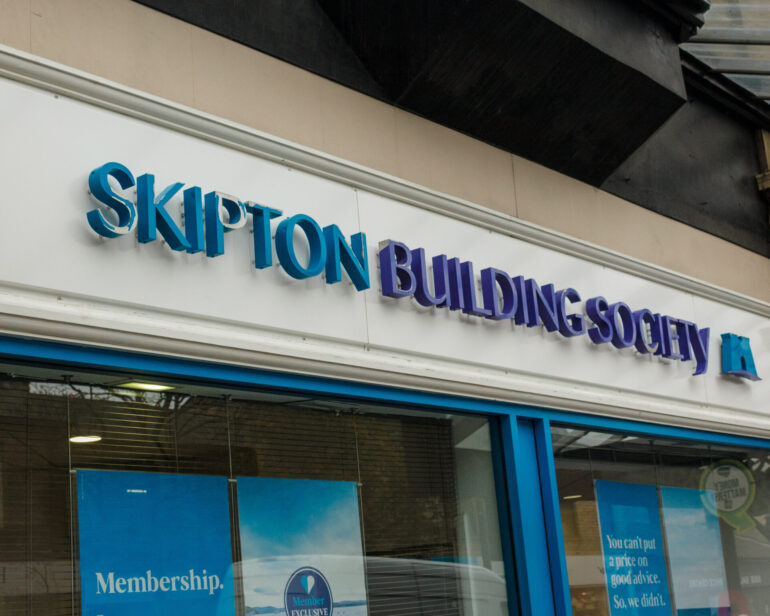Skipton Group has reinforced its call for an increase to the Bank of England Financial Policy Committee’s 15% loan-to-income (LTI) flow limit.
Following a session with the Treasury Select Committee, Skipton Group’s chief executive Stuart Haire along with CEOs from Yorkshire Building Society and Nationwide have jointly written to Dame Meg Hillier MP, chair of the committee to underline the need to raise the Bank of England Financial Policy Committee’s 15% loan to income (LTI) flow limit.
This limit caps how much mortgage lending we can provide at more than 4.5 times a borrower’s income.
Increasing it would let lenders responsibly support even more first-time buyers, helping more people have a home.
Skipton said that the current flow limit, which restricts the proportion of lending above 4.5 times a borrower’s income to just 15%, should be raised to 20%.
This modest but impactful change would deliver meaningful societal benefits by enabling more first-time buyers to access the housing market.
In turn, this could help stimulate economic growth and support the Government’s ambition to deliver 1.5 million new homes.
Alongside this policy position, Skipton Building Society has today announced a series of enhancements to its own lending criteria, designed to improve affordability and better support aspiring homeowners.
These changes will come into effect from Monday, 9th June.
Key updates include reduced residential stress rate for shorter-term products and lower income threshold for higher loan-to-income (LTI).
The minimum income required to access a 5.5x LTI has been halved from £100,000 to £50,000, opening up greater borrowing potential to a wider group of customers.
In addition, the society has increased its maximum LTI for higher LTV lending. For customers with a loan-to-value (LTV) between 90.01% and 95%, the maximum LTI has been increased from 4.75 to 5, provided the household income exceeds £50,000.
Charlotte Harrison, CEO of homes at Skipton, said: “At Skipton, we continue to recognise the growing affordability challenges facing first-time buyers.
“Adjusting stress rates alone isn’t always enough, as many would-be buyers are still impacted by the limitations the loan-to-income (LTI) cap place on our lending. That’s why we’re taking a more comprehensive approach by revising both, while remaining within the current cap.
“And as a result of the changes we’ve made, loan sizes could increase by up to £45,000 (+16%) for a typical household earning £60,000.”
Harrison added: “We continue to support calls for a review of the LTI flow limit. In the meantime, as part of our commitment to supporting more first-time buyers, we’re making changes to the stress rate, lowering the income requirement to access larger loans, whilst increasing our LTI policy at 95% LTV.
“Increasing the LTI flow limit would enable us to help more first-time buyers have a home, in turn boosting economic growth and supporting the Government’s housebuilding targets.
“Higher LTI lending is subject to the same robust affordability assessments and stress testing as standard lending. Our experience is that customers demonstrate the same if not higher levels of credit worthiness.”



